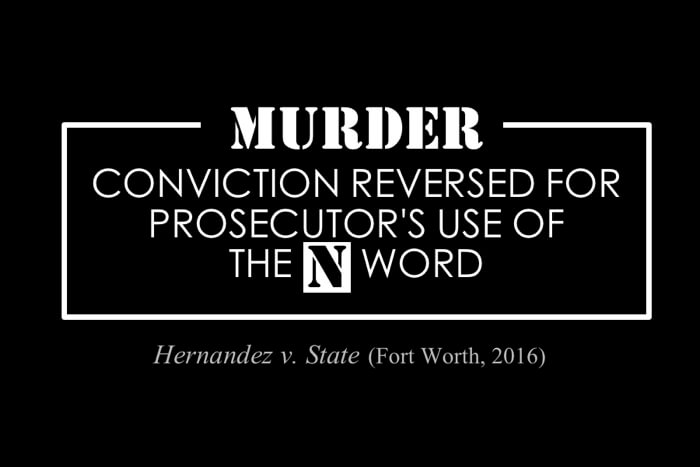
Texas Prosecutor Uses the “N” Word During Closing Argument. Court of Appeals Reverses the Conviction.
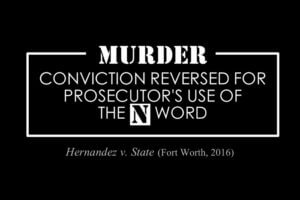 In December of 2014, Appellant Luis Miguel Hernandez was convicted of the murder of Devin Toler, an African-American man. During the trial, Appellant claimed self-defense, arguing that Toler attacked him and that by killing him, he was defending himself from the attack. The prosecution, however, presented evidence that Appellant provoked Toler by his words, some of them racial slurs. The actual words of the alleged racial slurs were never presented to the jury in the testimony of any witness or otherwise. However, during closing argument, the prosecutor said the following:
In December of 2014, Appellant Luis Miguel Hernandez was convicted of the murder of Devin Toler, an African-American man. During the trial, Appellant claimed self-defense, arguing that Toler attacked him and that by killing him, he was defending himself from the attack. The prosecution, however, presented evidence that Appellant provoked Toler by his words, some of them racial slurs. The actual words of the alleged racial slurs were never presented to the jury in the testimony of any witness or otherwise. However, during closing argument, the prosecutor said the following:
“What were the words of provocation? I’ll tell you what the words of provocation were. [Appellant] called Devin and his family ‘niggas.’ That’s what it was.”
The defense attorney promptly objected to the prosecutor’s use of the racial slur as it was inflammatory and outside the evidence in the case. Ultimately, (after a heated bench conference) the judge sustained the objection and instructed the jury to disregard the counsel’s comment, but did not specify which counsel or what comment the jury was to disregard. The defense did not move for a mistrial. The jury returned a verdict of guilty and sentenced Appellant to 14 years in prison.
See the majority opinion in Hernandez v. State (2nd Court of Appeals – Fort Worth, 2016)
What is a Proper Jury Argument?
On appeal to the Second Court of Appeals (Fort Worth), the Appellant challenged the judge’s failure to declare a mistrial after the prosecutor’s use of the “N” word. The court explained:
Proper jury argument falls into one of four areas: (1) summation of the evidence; (2) reasonable deduction from the evidence; (3) an answer to the argument of opposing counsel; and (4) a plea for law enforcement. Generally, error resulting from improper jury argument is subject to a harm analysis.
The appellate court held that not only were the prosecutor’s comments in using the “N” word error, but that the prosecutor’s comments constituted an “incurably prejudicial argument;” one that required a mistrial.
Is the “Incurably Prejudicial Argument” Waived if the Defendant Does Not Move for a Mistrial?
Texas courts have consistently held that to preserve error for an improper argument, the defendant must do 3 things:
- Make a timely and specific objection;
- Request and instruction to disregard if the objection is sustained; and
- Move for a mistrial if the instruction to disregard is granted.
Cockrell v. State, 933 S.W.2d 73, 89 (Tex. Crim. App. 1996), cert. denied, 520 U.S. 1173 (1997)
In this case, the defense satisfied 1 and 2, but did not move for a mistrial. The appellate court was then presented with the issue of whether the improper jury argument objection is waived if the defense does not move for a mistrial. Texas precedent says the issue can be waived for failure to move for a mistrial. But the court does not find this to be wise.
“Logically, this position makes no sense. An incurably prejudicial argument requires a mistrial. If the trial court does not grant the mistrial, the court has committed error that requires setting aside the conviction and re-trying the case. Respectfully, if the argument is so prejudicial that it has deprived the defendant of a fair trial, the injury is fundamental.”
The court provides further reasoning to depart from precedent, citing the tenuous political atmosphere surrounding race relations in America at the time of the trial.
The impact of the improper statement by the prosecuting attorney must be viewed in the context of the political atmosphere at the time of trial. The trial took place in early December 2014. On February 26, 2012, George Zimmerman, whose mother was from Peru, killed Trayvon Martin. Emotional discussions of Zimmerman’s ethnicity filled news commentary. Other killings made headlines. Among them was the death of Eric Garner while he was selling loose cigarettes in New York on July 17, 2014. The officer who killed him was Daniel Pantaleo. On August 9, 2014, Michael Brown was killed in Ferguson, Missouri. On August 11, 2014, Ezell Ford was killed in Los Angeles by two police officers, one of whom was Hispanic. And on November 23, 2014, twelve-year-old Tamir Rice was killed in Cincinnati, Ohio. Additionally, the Black Lives Matter organization was formed in 2013 in response to the acquittal of George Zimmerman in his trial for the murder of Trayvon Martin and was actively involved in protests nationwide.
With that, the Second Court held that the improper jury argument was not cured (and could not have been cured) by the judge’s “perfunctory” instruction to disregard and that the error was preserved for appeal. The court then reversed the case and remanded back to the trial court.
Dissent Agrees that the Error Was Prejudicial, But Would Not Depart From Precedent
Justice Sudderth dissented. She is not willing to depart from Court of Criminal Appeals’ precedent regarding the formal requirement to move for a mistrial. She writes:
Of all of the words in modern American English usage, including the slang and the vulgar, the “n-word” is of such infamy that it is generally referenced and understood only by its first letter. And with very few exceptions, such racially charged inflammatory language has no place in jury argument.
This is certainly the case when a prosecutor, using that language to secure a conviction, goes outside of the record to introduce it. Therefore, I agree with the majority that the prosecutor’s behavior was improper. It was inexcusable. It cannot be condoned. And the trial judge committed error in permitting it. Nevertheless, because we are constrained by precedent of the court of criminal appeals requiring preservation of this type of error, I am compelled to dissent.
It will be interesting to see whether the Court of Criminal Appeals will stick to their previous precedent or take this opportunity to change the law when it comes to an “incurably prejudicial argument” involving racial slurs.

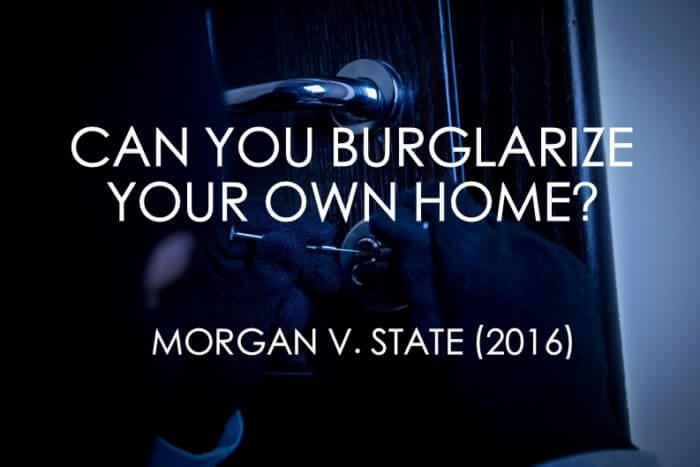
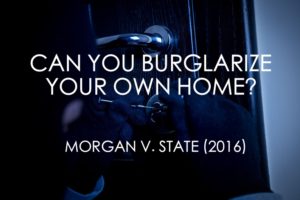 The Court of Criminal Appeals recently held that a roommate, who is not a co-tenant on the lease, could be convicted of burglary into his or her own residence. The key issue facing the Court was whether Appellant Dewan Morgan was an owner of the apartment he was residing in at the time of the criminal act.
The Court of Criminal Appeals recently held that a roommate, who is not a co-tenant on the lease, could be convicted of burglary into his or her own residence. The key issue facing the Court was whether Appellant Dewan Morgan was an owner of the apartment he was residing in at the time of the criminal act.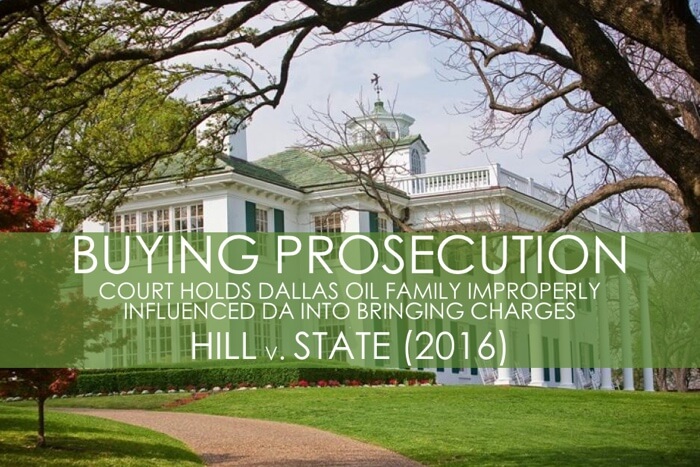
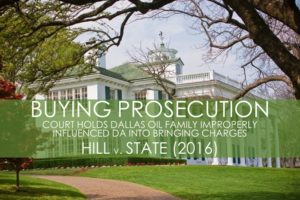 On September 21st the Texas Court of Criminal Appeals issued a decision on the oil tycoon heir Albert Hill III’s criminal appeal. The question the Court faced was whether it was in the trial court’s discretion to conduct a pretrial evidentiary hearing on Hill’s motions to quash and dismiss based on prosecutorial vindictiveness. The Court determined that it was within the trial court’s discretion to conduct such a pretrial evidentiary hearing and that discretion was not limited by the defendant meeting “a certain threshold evidentiary requirement.”
On September 21st the Texas Court of Criminal Appeals issued a decision on the oil tycoon heir Albert Hill III’s criminal appeal. The question the Court faced was whether it was in the trial court’s discretion to conduct a pretrial evidentiary hearing on Hill’s motions to quash and dismiss based on prosecutorial vindictiveness. The Court determined that it was within the trial court’s discretion to conduct such a pretrial evidentiary hearing and that discretion was not limited by the defendant meeting “a certain threshold evidentiary requirement.”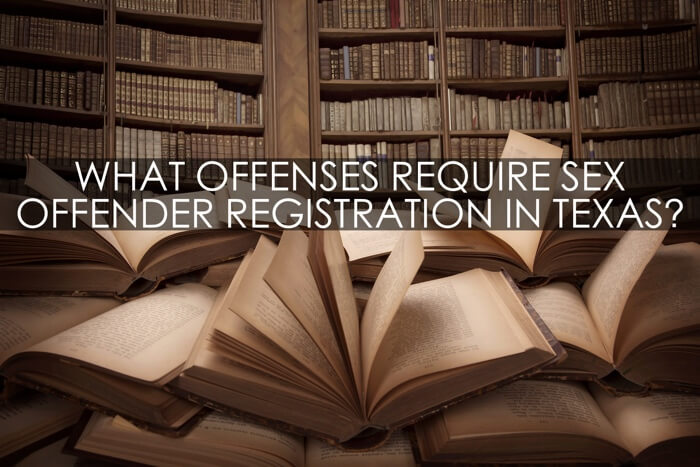
 It’s no secret that there are certain offenses that require individuals to register themselves on the sex offender registry. However, what are those offenses? How long is a person required to register?
It’s no secret that there are certain offenses that require individuals to register themselves on the sex offender registry. However, what are those offenses? How long is a person required to register?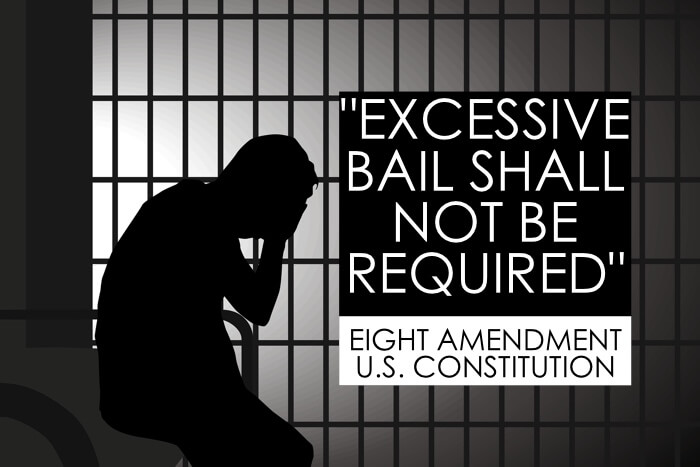
 Just the other day, I read something written by one of our local mayors calling for bail reform because a certain person had been released on what she believed was an insufficient bail amount. This got me thinking about our system of bail in Texas and the real purpose behind the system. I doubt I’ll ever convince the mayor that we ought not to punish people before they’ve had their day in court, but I thought it best to lay out the history and purpose of bail in case she ever wants to know.
Just the other day, I read something written by one of our local mayors calling for bail reform because a certain person had been released on what she believed was an insufficient bail amount. This got me thinking about our system of bail in Texas and the real purpose behind the system. I doubt I’ll ever convince the mayor that we ought not to punish people before they’ve had their day in court, but I thought it best to lay out the history and purpose of bail in case she ever wants to know.
 One of the highest-profile hate crimes in the nation to occur in recent years involved
One of the highest-profile hate crimes in the nation to occur in recent years involved 
 The Lautenberg Amendment to the Gun Control Act enacted in the Fall of 1996 provides that those with a conviction for a misdemeanor crime of domestic violence cannot use, possess, or transport a firearm or ammunition.
The Lautenberg Amendment to the Gun Control Act enacted in the Fall of 1996 provides that those with a conviction for a misdemeanor crime of domestic violence cannot use, possess, or transport a firearm or ammunition.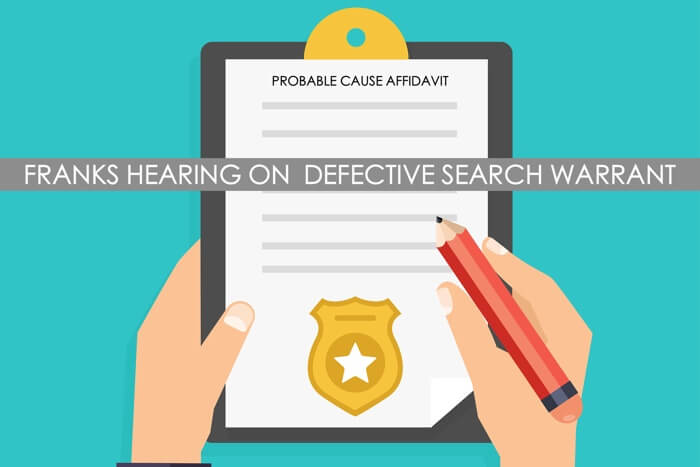
 Evidence obtained by a valid search warrant can be used at trial. But what if the search warrant was based on information provided by a third party who later recants the information he provided? Further, what if law enforcement mischaracterized the evidence when presenting it to the magistrate in the application for the warrant? What legal remedy, if any, exists to support defendants who find themselves in this situation? The Fifth Circuit heard United States v. Minor in August, this article summarizes the Court’s surprising holding.
Evidence obtained by a valid search warrant can be used at trial. But what if the search warrant was based on information provided by a third party who later recants the information he provided? Further, what if law enforcement mischaracterized the evidence when presenting it to the magistrate in the application for the warrant? What legal remedy, if any, exists to support defendants who find themselves in this situation? The Fifth Circuit heard United States v. Minor in August, this article summarizes the Court’s surprising holding.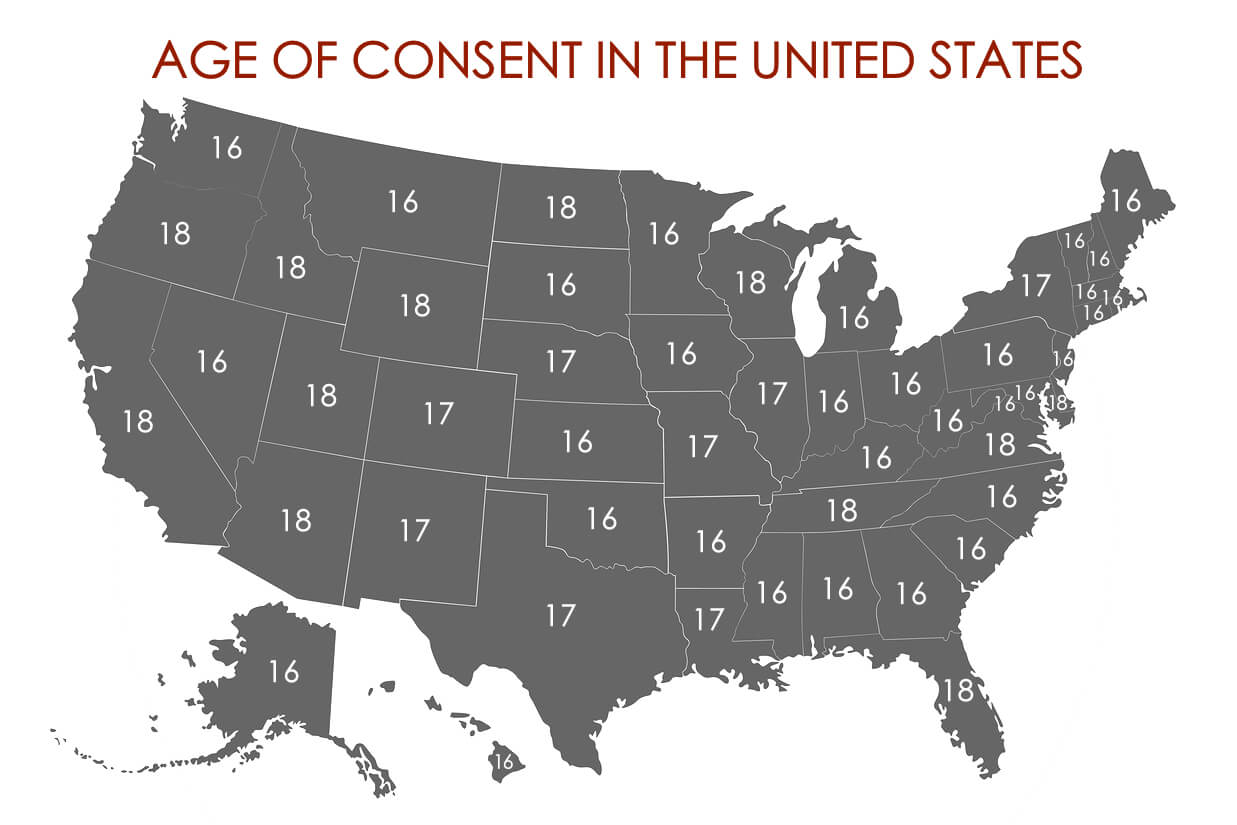
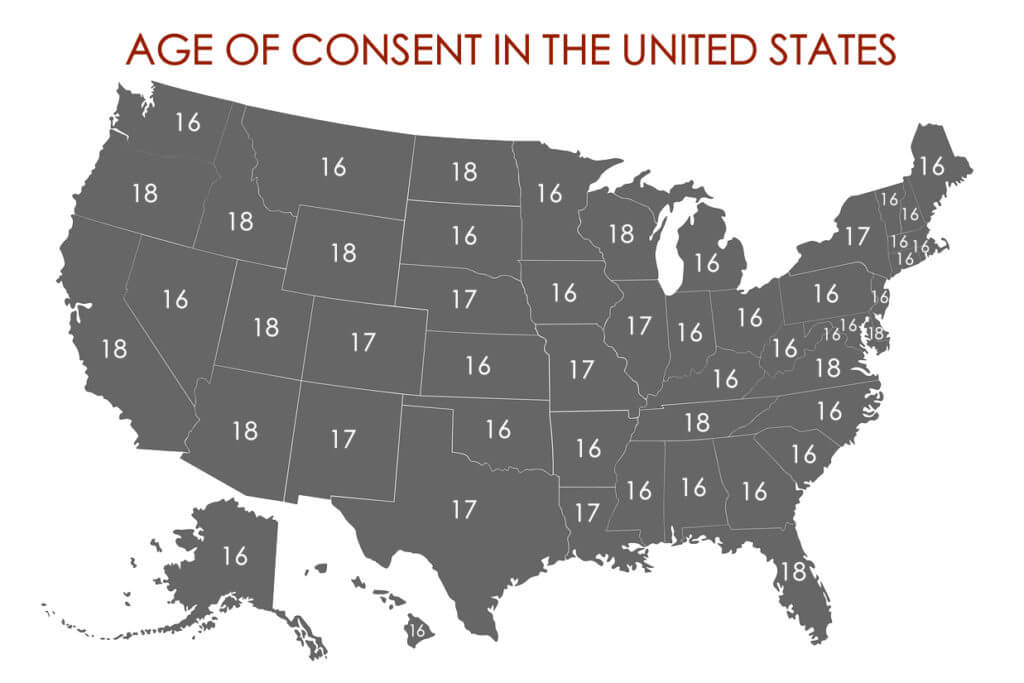

 What happens when someone who illegally enters the country commits a crime? Further, does it matter is that person was previously deported from the United States? Does federal law provide for sentencing enhancements to extend the prison terms for wrongdoers in this position? The answer is yes—and no. Read on to see how the Fifth Circuit Court of Appeals analyzes federal statutes and sentencing guidelines that could support such an enhancement for the defendant, but decides against doing so.
What happens when someone who illegally enters the country commits a crime? Further, does it matter is that person was previously deported from the United States? Does federal law provide for sentencing enhancements to extend the prison terms for wrongdoers in this position? The answer is yes—and no. Read on to see how the Fifth Circuit Court of Appeals analyzes federal statutes and sentencing guidelines that could support such an enhancement for the defendant, but decides against doing so.





